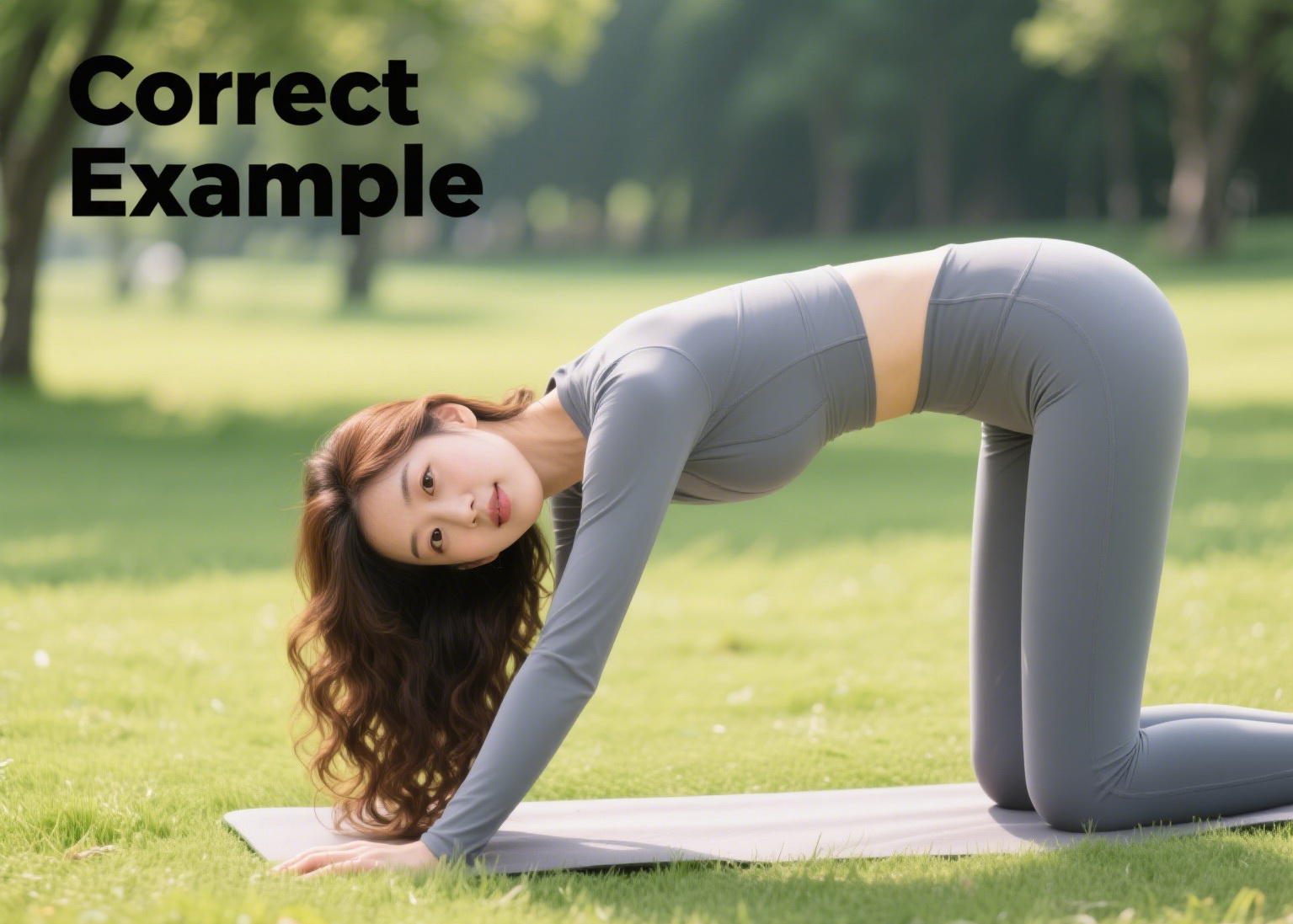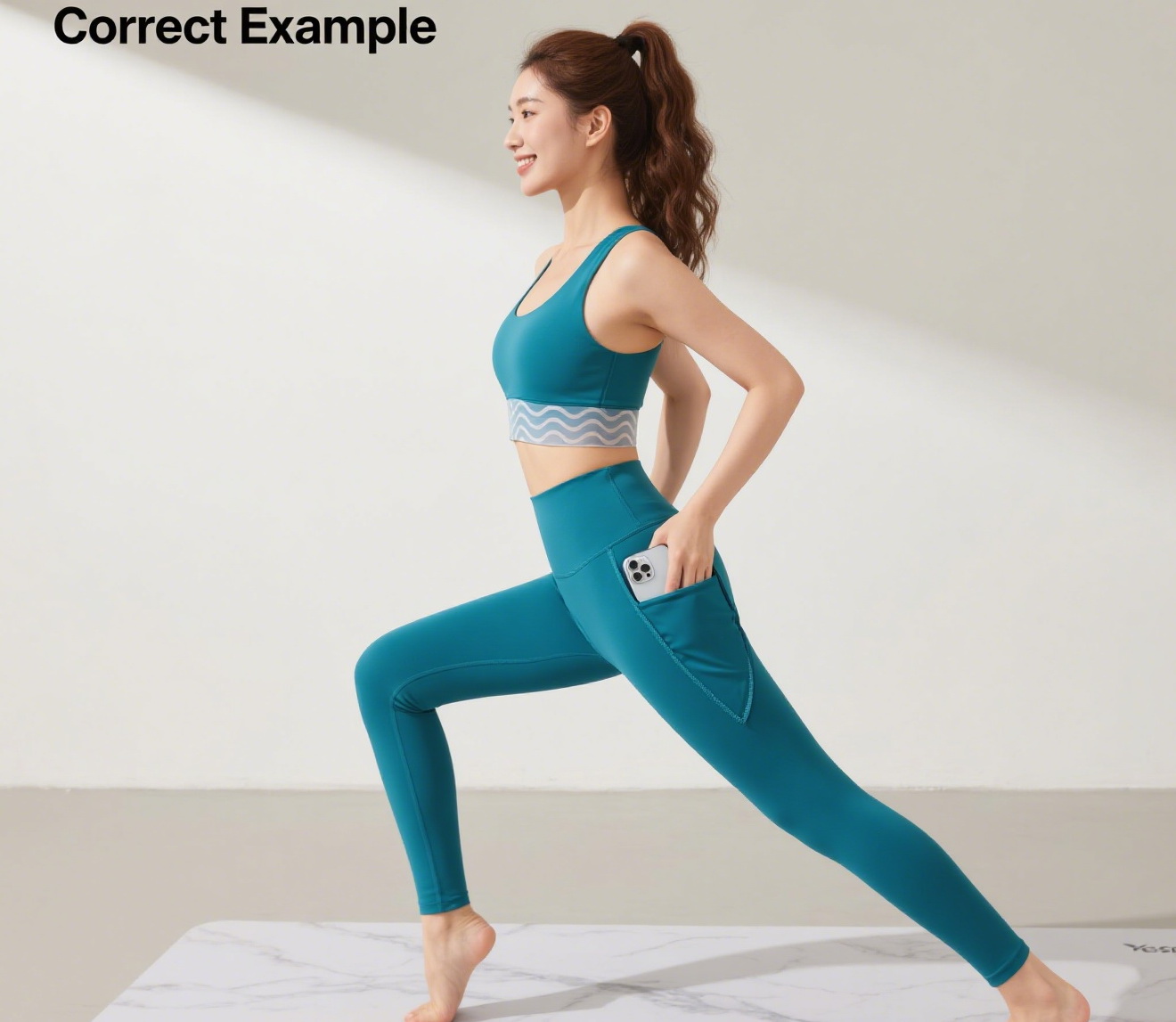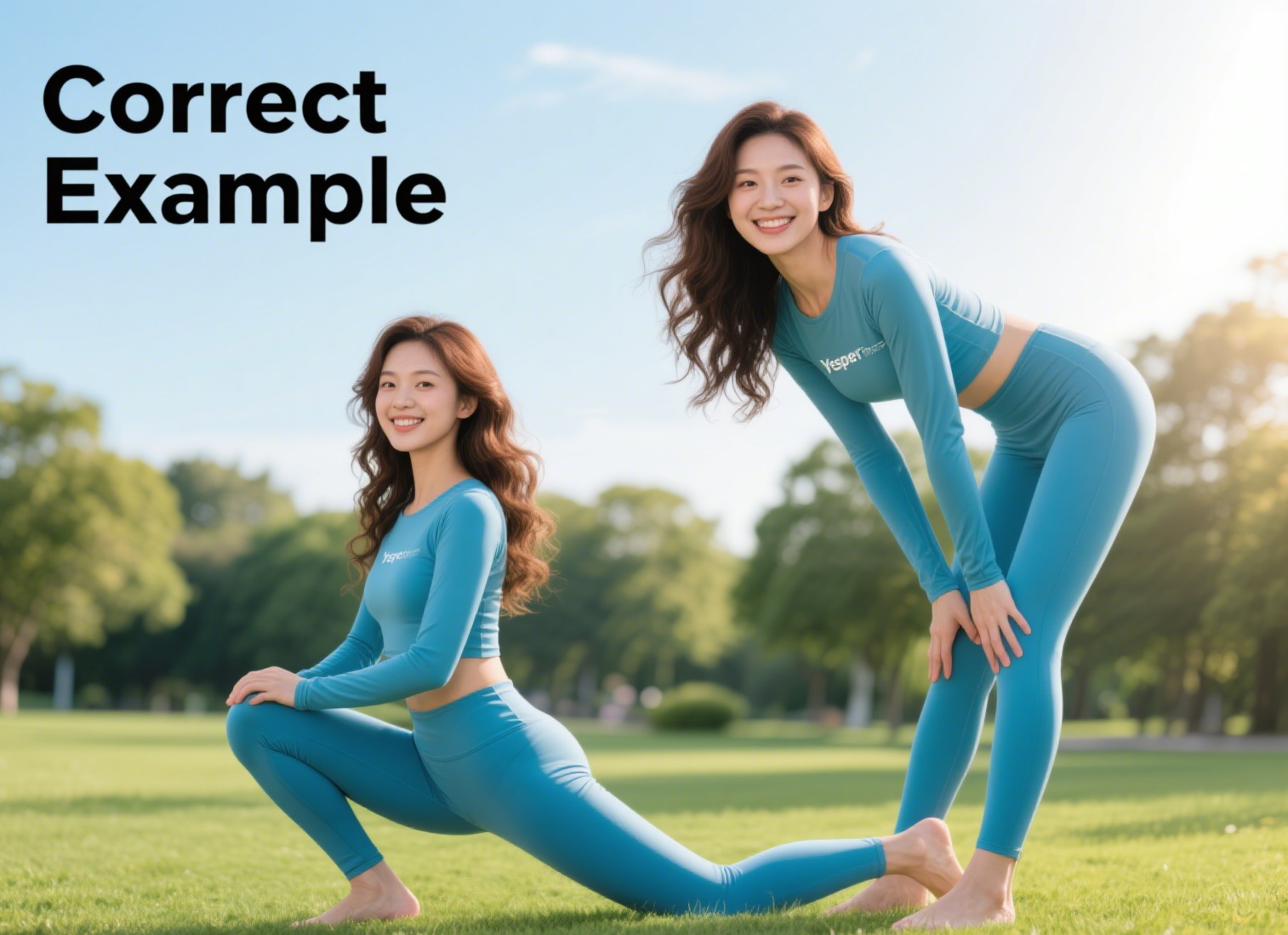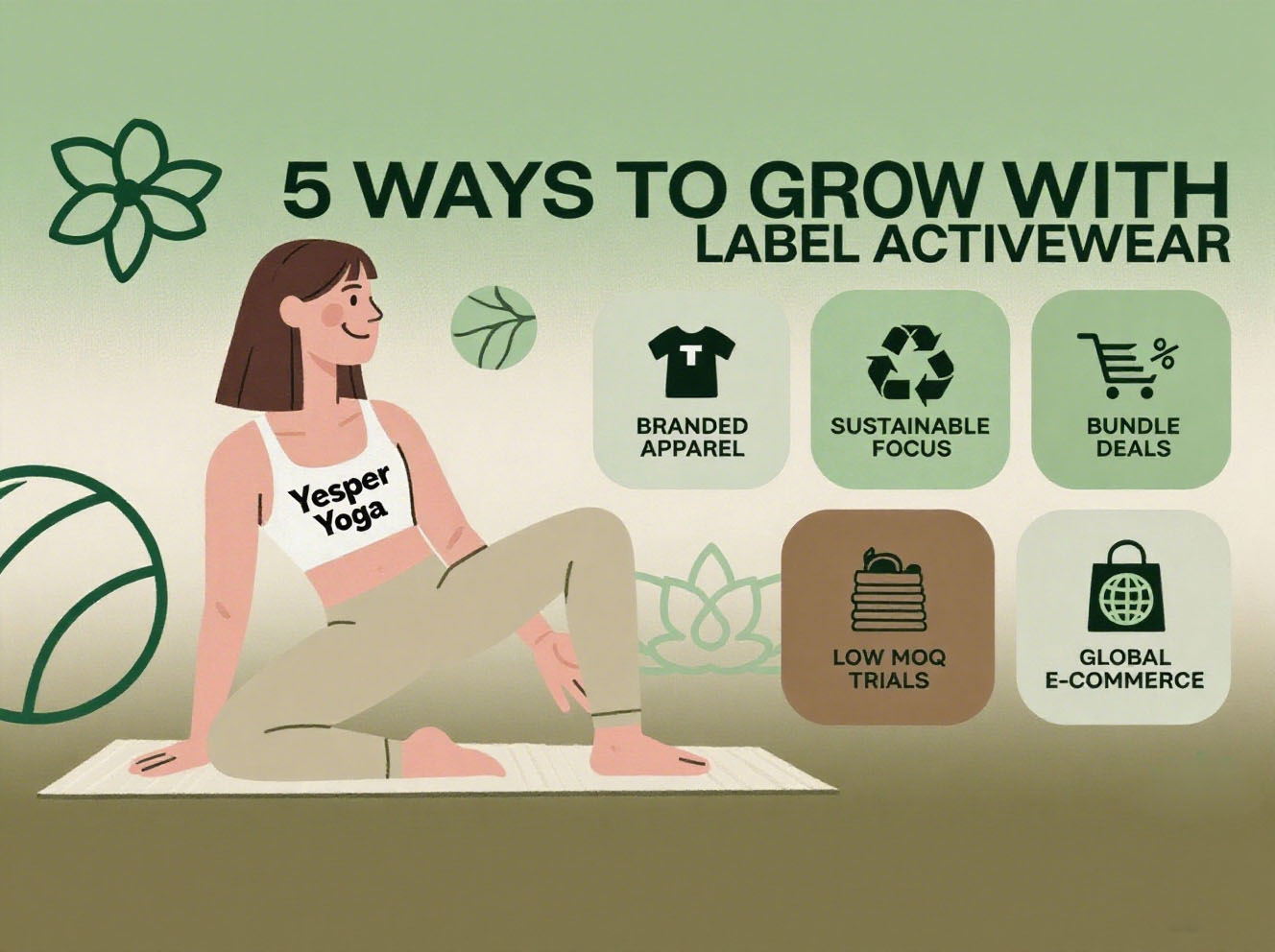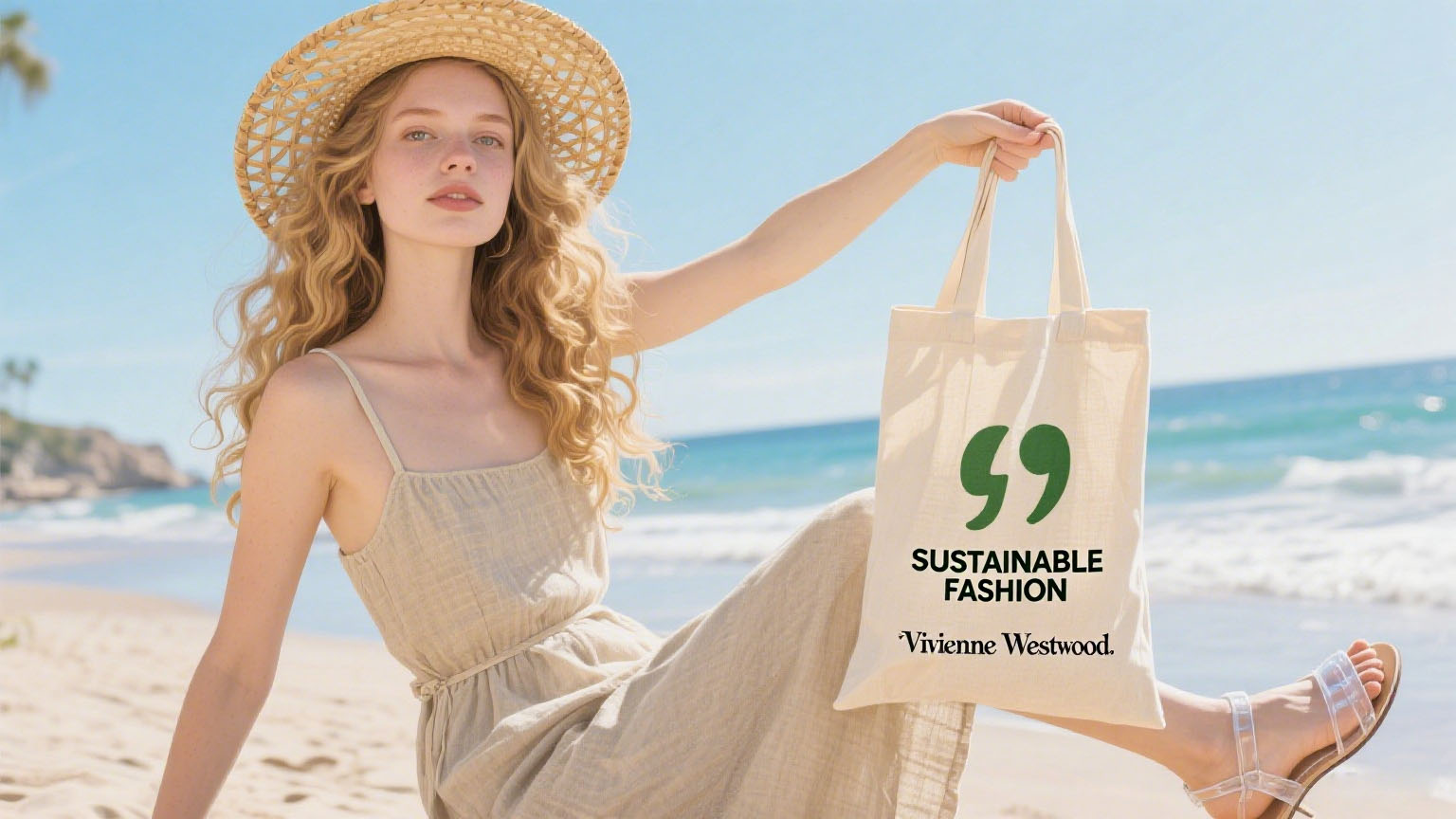Avoid Yoga Wear Mistakes: 4 Pro Tips Beyond Looks
Views : 243
Update time : 2025-05-27 17:15:00
Yoga Wear Buying Mistakes to Avoid | Don’t Just Focus on Looks! 4 Professional Dimensions to Choose Correctly
In the yoga wear consumer market, the "looks-first" purchasing logic has led many people to make bad choices: a seemingly stylish yoga set may be left unused after one wear due to stuffy fabric or ill fit; while some understated, minimalist styles become "essential gear" for long-term practice thanks to their professional functionality. In fact, the "practicality" of yoga wear far outweighs its "aesthetics". To avoid purchasing mistakes, you need to step out of the "looks-only" trap and rebuild your selection criteria around four professional dimensions: functional adaptability, scenario compatibility, quality durability, and personalized needs.
Mistake 1: Blindly Chasing "Viral Styles" and Ignoring Function-Scenario Matching
Nowadays, "viral yoga wear" abounds on social media—with eye-catching designs like high-waisted cuts, cut-outs, and color blocking. However, many of these styles are only suitable for taking photos, not actual practice: for example, a cropped belly-baring yoga top exposes the waist skin to the yoga mat during movements like bending or Downward-Facing Dog, increasing the risk of bacterial infection; an overly loose oversized hoodie blocks your vision during inversion poses and may even slip, disrupting balance.
Correct Approach: Clarify your main practice scenario before purchasing. If you often practice Vinyasa Yoga, prioritize "high-elasticity + form-fitting" functional styles; if you prefer practicing on outdoor lawns, pair "breathable + UV-protective" long-sleeve yoga wear to balance sun protection and comfort. Yesper Fitness’s "sports sets" are designed for different scenarios—ranging from high-support sports bras to windproof yoga jackets—covering dynamic, static, and outdoor practice scenarios. It also offers custom logo and packaging services, allowing you to enjoy both "good looks" and "practicality".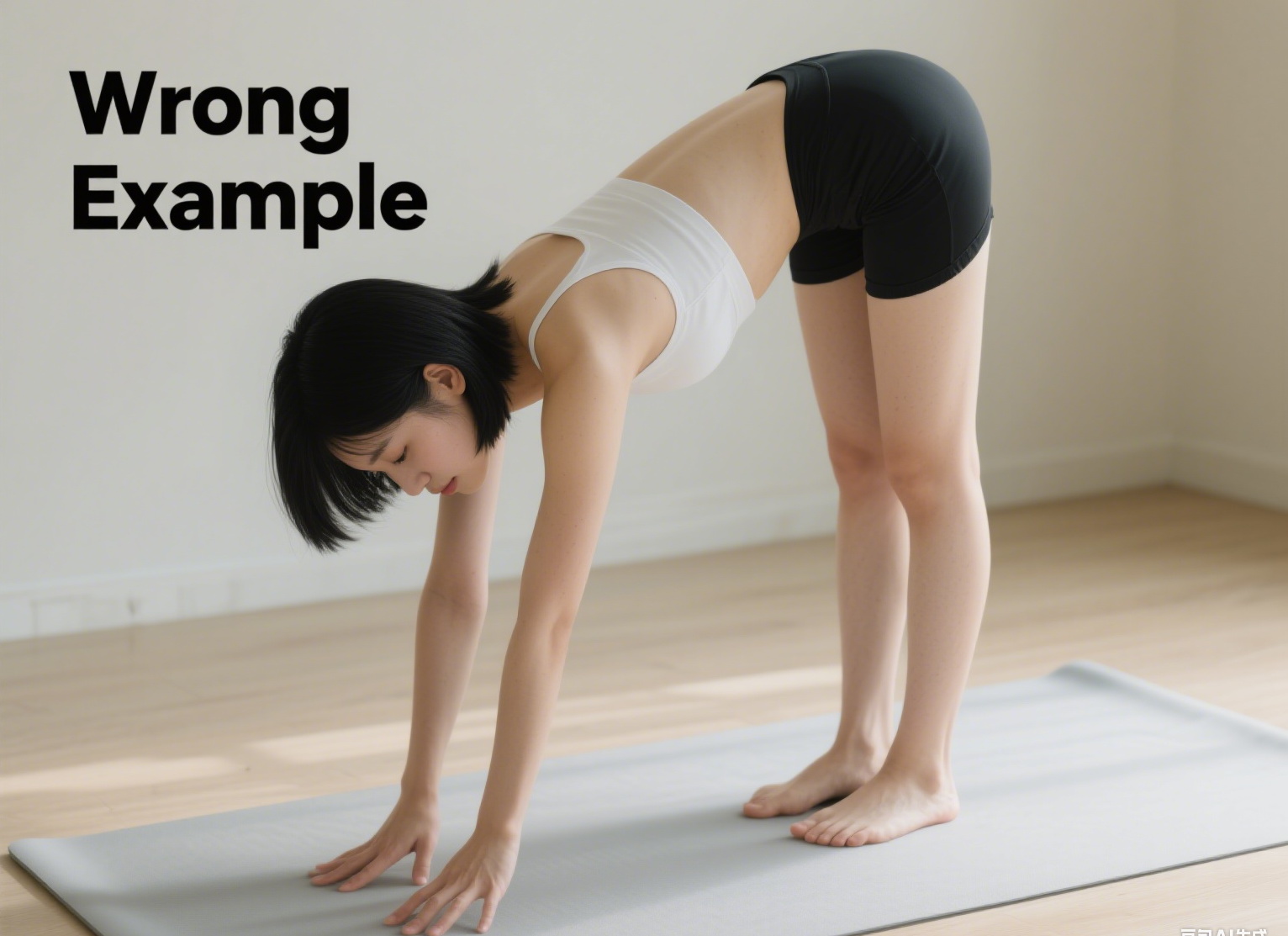

Mistake 2: Believing "Tighter = Better" and Neglecting Physical Comfort and Health
Many people think "tight yoga wear flatters the figure and makes it easier to check poses", but overly tight styles may pose health risks: an excessively tight top compresses the chest, impairing breathing—especially during core-intensive poses like Shoulder Stand or Headstand, where restricted breathing directly affects pose stability. Overly tight bottoms may constrict the abdomen and legs, hindering blood circulation and causing post-practice issues like leg numbness or abdominal discomfort.
Correct Approach: Tight does not equal constricting. Choose a fit with "moderate elasticity, snug but not oppressive". The judgment standard: after putting it on, perform large-range movements like squats, forward folds, or Warrior III—there should be no obvious sense of restraint, and the fabric should stretch naturally with your body. At the same time, there should be no obvious indentations on the waist or legs, and your skin should breathe normally. Yesper Fitness’s yoga wear uses "high-elasticity memory fabric" with over 95% elastic recovery—it ensures a snug fit while avoiding excessive tightness, allowing your body to complete every pose in comfort.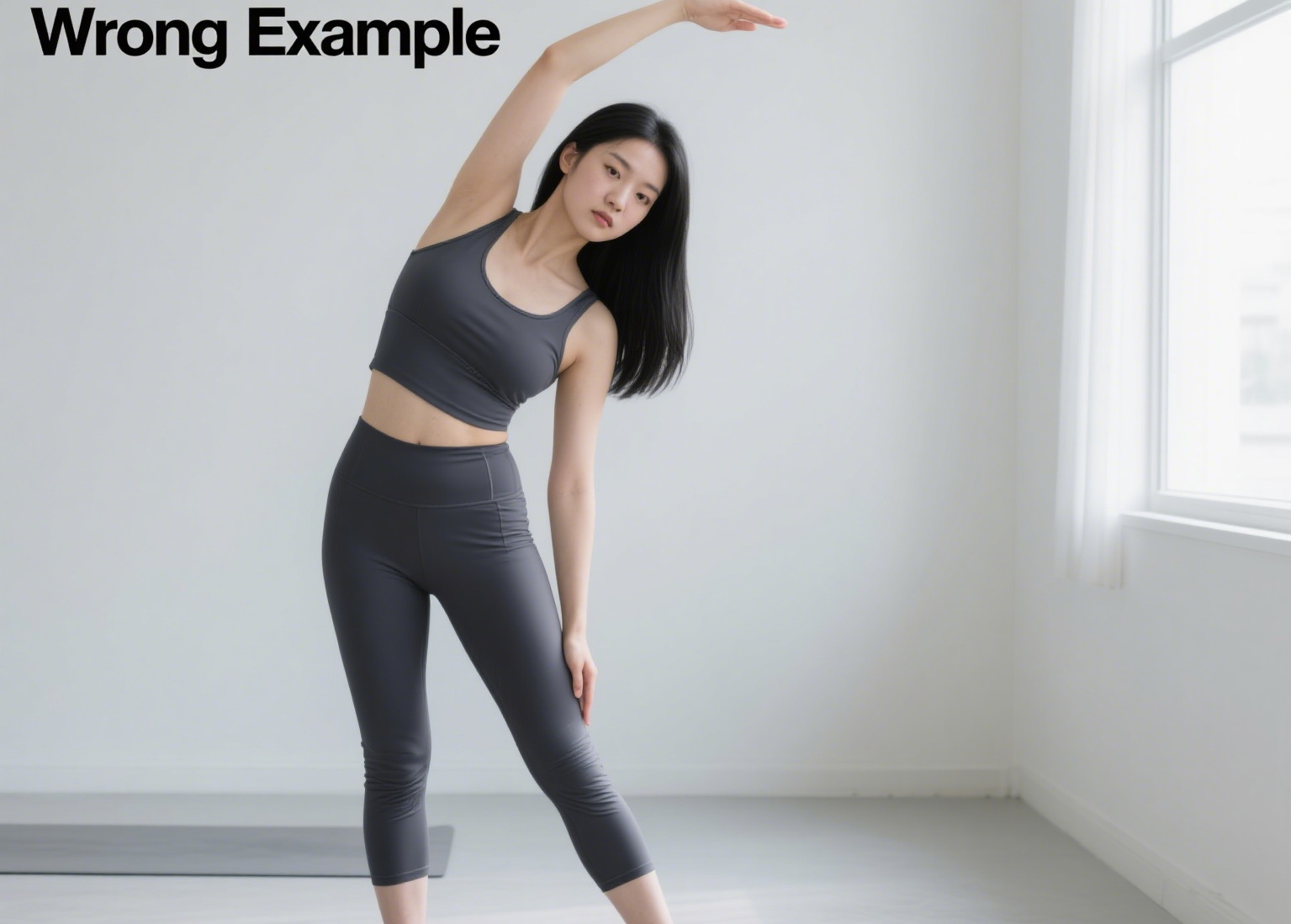
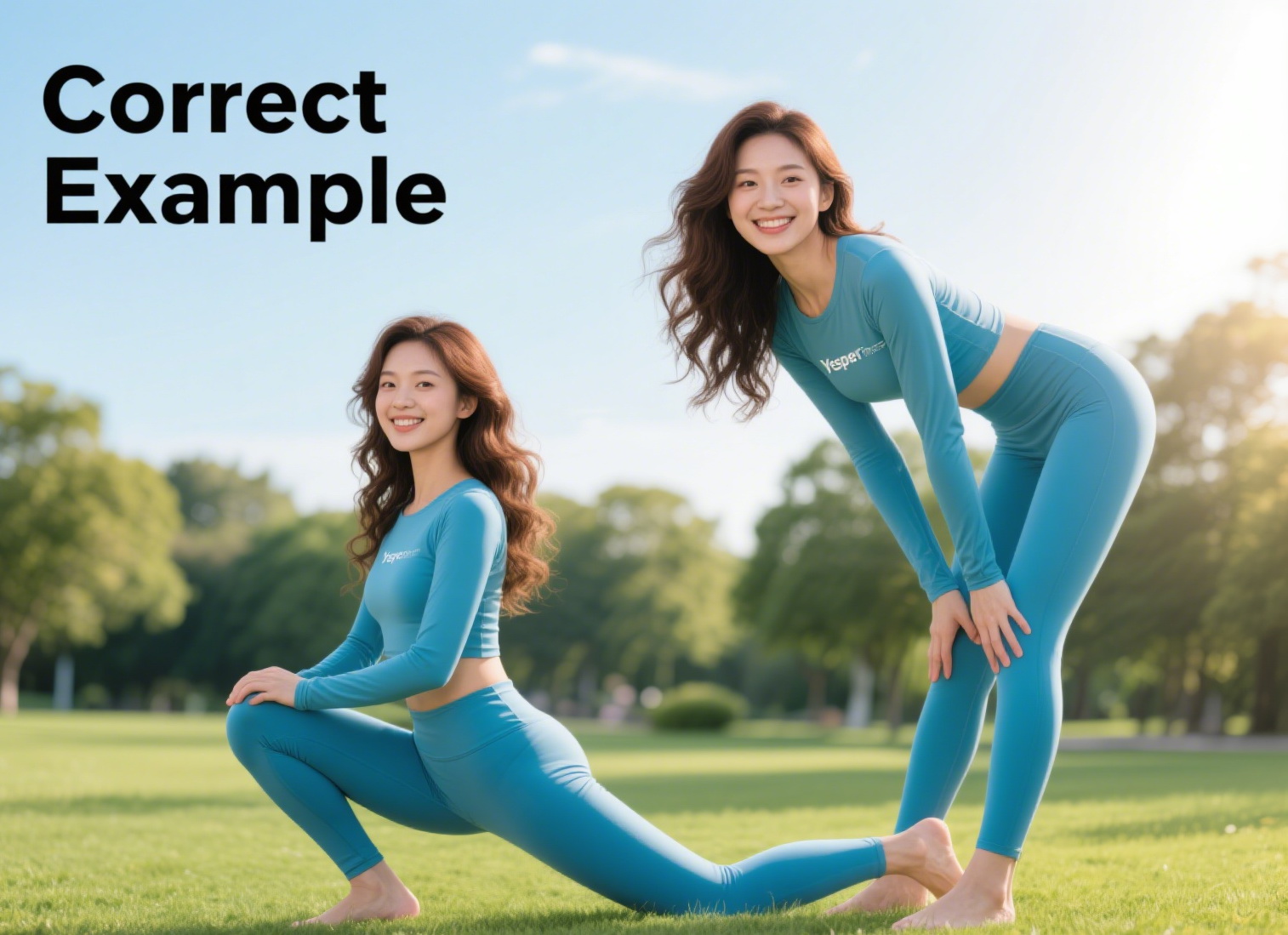


Mistake 3: Overlooking "Detailed Designs" That Ruin the Overall Practice Experience
Many people only focus on fabric and fit when purchasing, but ignore "small details" that impact practice experience: for example, sports bras without padding fail to provide adequate support, causing discomfort from chest movement during running or jumping; leggings without pockets leave no place to store phones or keys, distracting you during practice; tags sewn in skin-contact areas rub against the skin and cause itching after long-term wear.
Correct Approach: Pay attention to "user-friendly detailed designs"—these are often the difference between professional brands and ordinary products:
- Tops: Prioritize styles with "removable padding" (for adjustable support); check if necklines and cuffs have binding (binding reduces skin friction from fabric edges).
- Bottoms: For high-waisted leggings, check if the waist has "anti-slip strips" (these prevent the waist from sliding down during exercise); if you need to carry items, choose styles with side hidden pockets for small belongings.
- Tags: Opt for products with "tagless labels" or "removable tags" to avoid skin irritation from rubbing. Also, check the fabric composition and care instructions on the wash label to ensure they align with your maintenance habits.
Yesper Fitness fully incorporates these details into its yoga wear design: sports bras feature adjustable straps and removable padding, leggings have anti-slip silicone strips on the waist, and all labels use tagless printing technology—enhancing practice comfort through details and eliminating "worries" during every workout.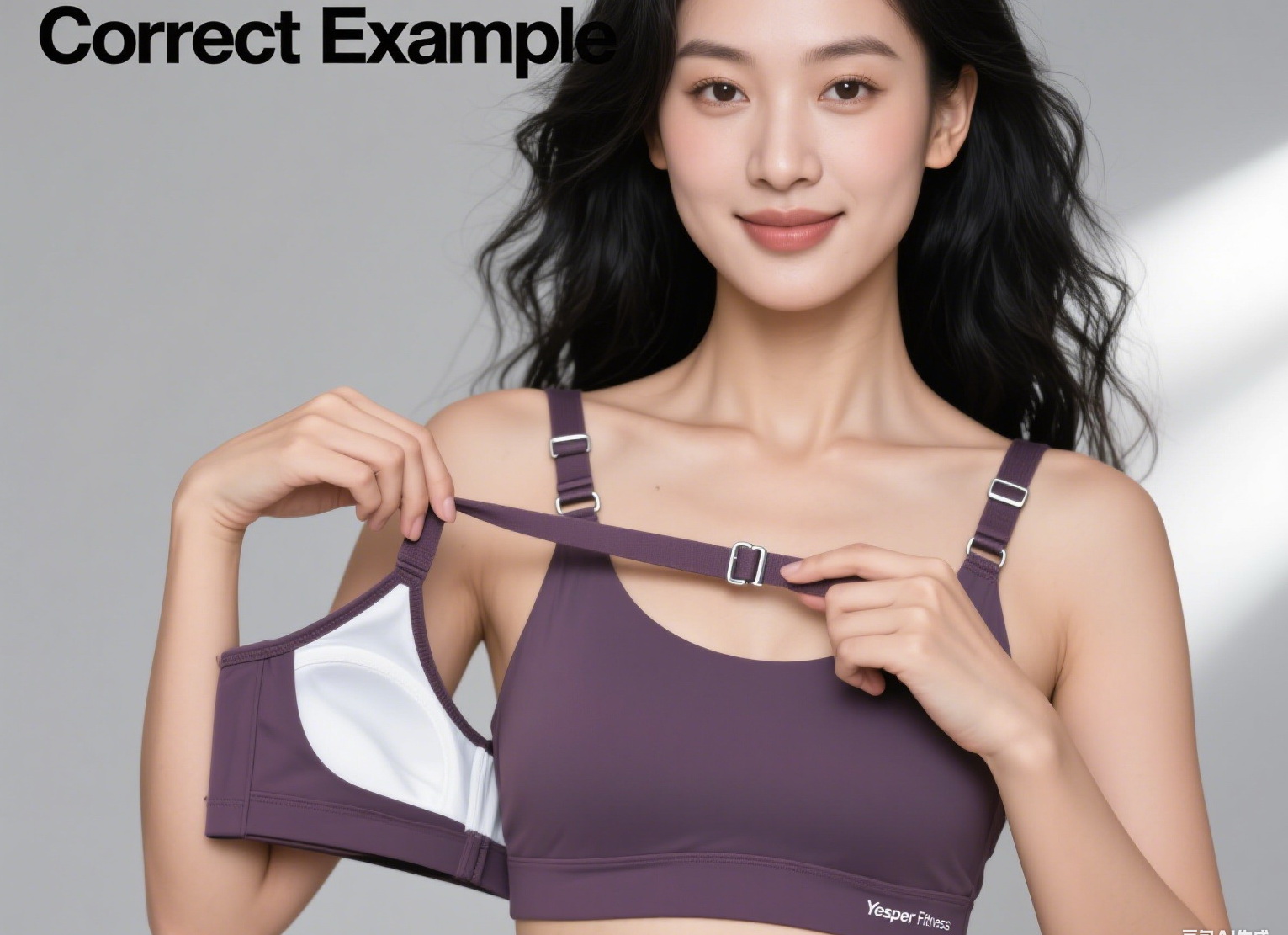
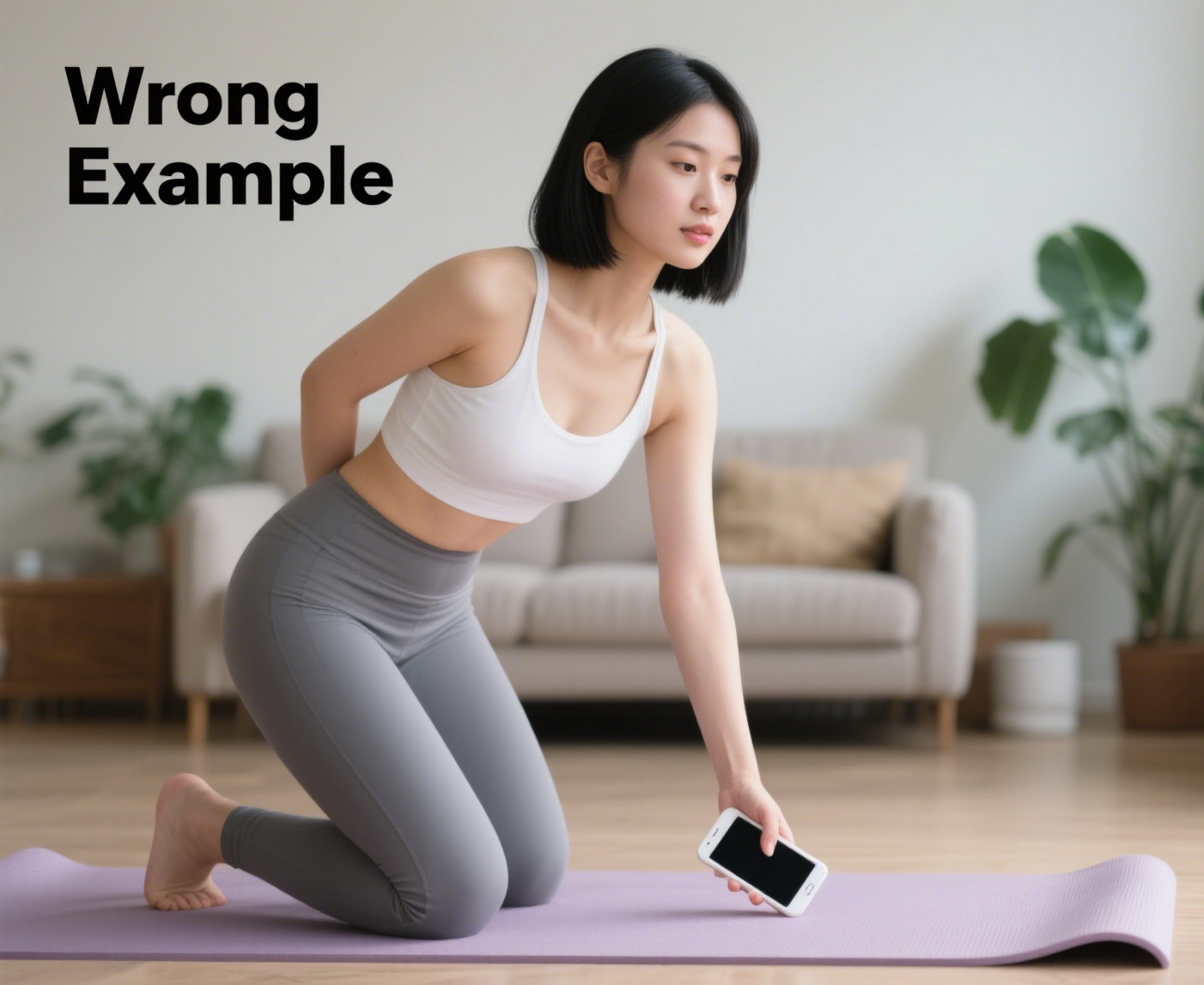


Mistake 4: Thinking "Custom Yoga Wear Has High Thresholds" and Giving Up Individuality and Brand Recognition
Many yoga studios, fitness institutions, or personal influencers want yoga wear with exclusive logos, but hesitate due to "high minimum order quantities (MOQ) or complex customization processes". Eventually, they settle for generic styles, missing opportunities for brand promotion and personalized expression. In fact, with the maturity of supply chains, custom yoga wear is no longer a "high-threshold" demand.
Correct Approach: Choose professional suppliers that offer "low-MOQ customization"—this meets personalized needs without the burden of excessive inventory. Take Yesper Fitness as an example: there is no MOQ limit for custom logos, labels, hangtags, or packaging; samples can be completed in 7-10 days, and quotes are provided within 24 hours. Before shipping each order, real product photos and videos are sent for confirmation, along with international logistics tracking numbers—ensuring the quality and delivery timeliness of custom products. Whether it’s custom uniform teaching attire for studios or exclusive brand merchandise for influencers, low-threshold customization turns yoga wear into a "personalized symbol"—while conveying a professional brand image through high-quality fabrics and craftsmanship.
The core of choosing yoga wear is to "let clothing serve practice". Stylish design is a bonus, but functional adaptability, comfort, safety, and reliable quality are the fundamentals. By avoiding the above mistakes and selecting yoga wear based on professional dimensions, you can make every yoga practice more focused and effective—truly enjoying the physical and mental pleasure brought by exercise.
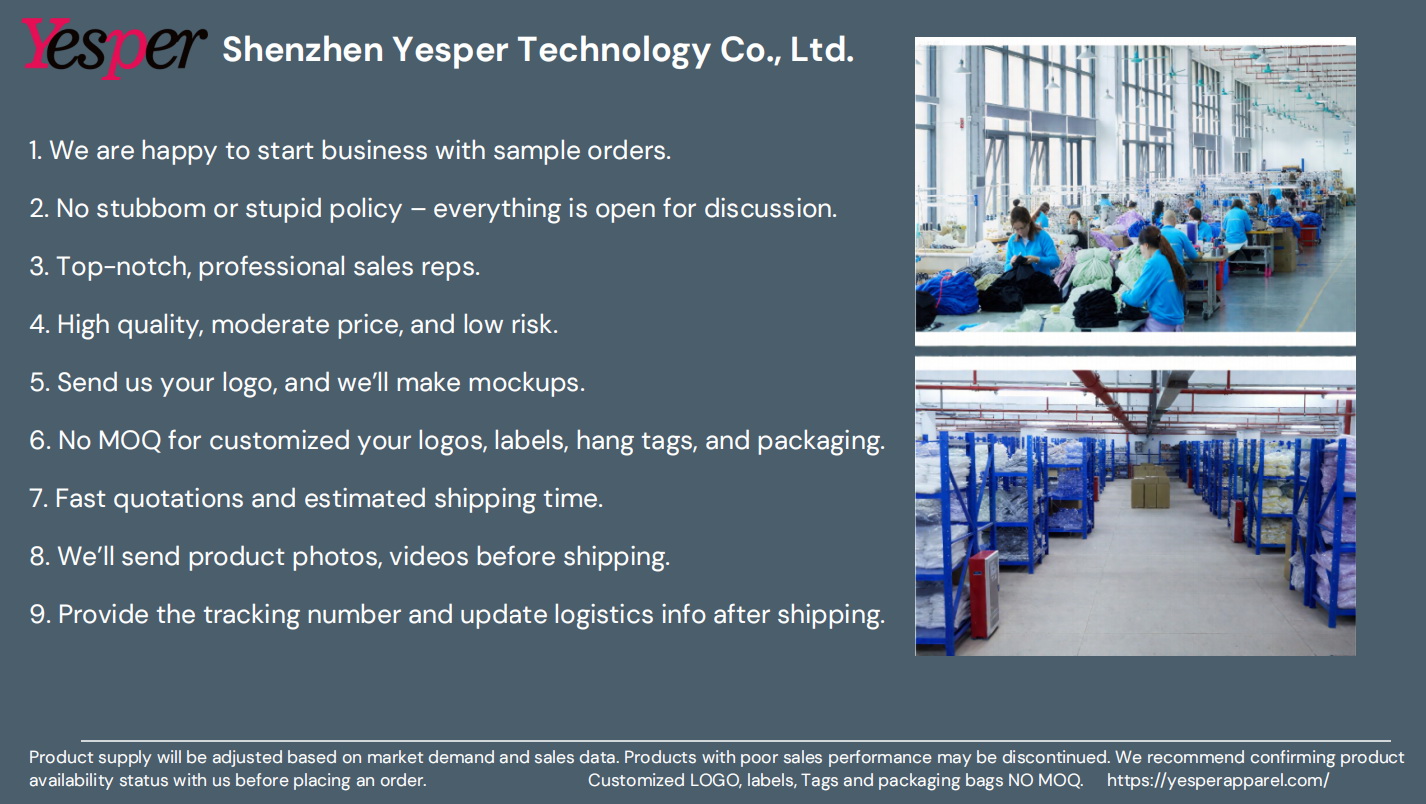
Related News

